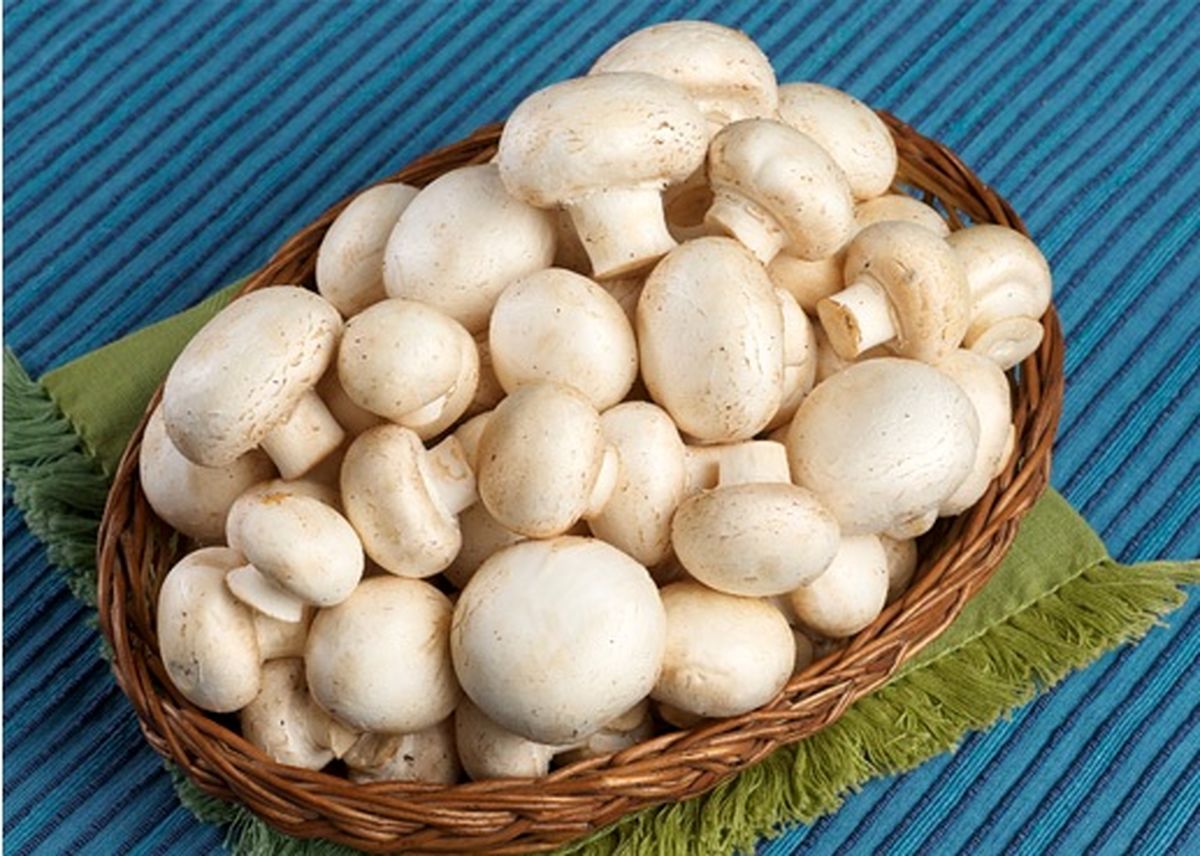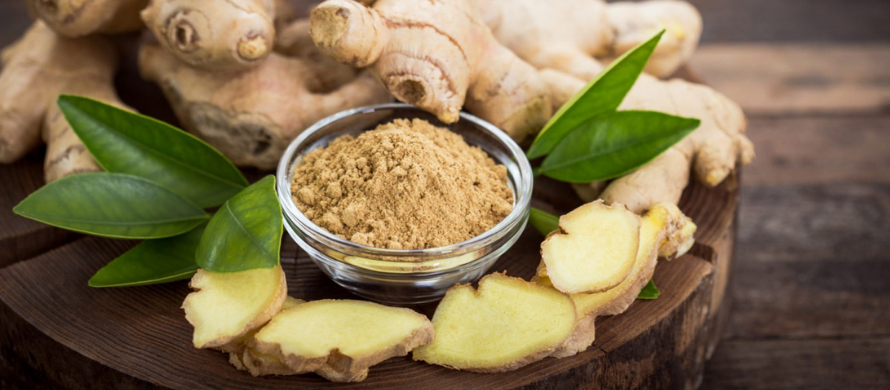History of oyster mushrooms
Cultivation of oyster white truffle mushroom in Iran was started for the first time in 1365 by Dr. Mostafavi, an expert in pest control and agriculture at the Agricultural Research Organization in Evin. Oyster mushroom Pleurotus stratus was cultivated in Chahan for the first time in 1900.
Introduction to oyster mushrooms
Oyster mushroom is a primary decomposer, that is, it is able to break down the cellulose and lignin of plants and use it for its growth.
This mushroom does not need an intermediary and it prepares and grows its own food.
It also grows directly on straw and stubble and has a very high mycelium strength and is able to provide the protein we need from these simple materials.

Cultivation of this mushroom is possible in simple environments, without the need for advanced devices.
Cultivation of this mushroom is very cheap and low cost compared to other mushrooms, and it can be cultivated on a small scale and in a workshop.
Mushrooms have high nutritional value, but oyster mushrooms are one of the most important types of edible mushrooms that provide minerals (sodium, potassium, and iron), vitamins C and B, protein, and 2% fat, which provides 1.4 of the body’s minerals for a week.
One of the characteristics of this mushroom is that.
1- It is the primary decomposer
2- It tolerates high heat. This mushroom is called thick skinned because it can tolerate harsh conditions. That is, its temperature range is 20-30 degrees Celsius. Even this mushroom can grow at a temperature of 19 degrees.
3- It can be cultivated anywhere
4- Growth in tropical and subtropical regions
Oyster mushroom is a family of pleura. It has high work and practical efficiency. It gives a lot of product. Biological efficiency in the case of oyster mushroom is often 100%, which is the maximum amount of product in terms of mushroom production in the world, and another advantage is that we do not throw away its package, which is suitable for animal feed and potting soil because it is rich It is from minerals and salts.



